Siding is one of the most important elements of commercial and residential buildings. The right siding material can be key to a nice-looking finished product that weathers well and also serves to protect the building’s structure. In addition to appearance, or curb appeal, these are the top considerations when choosing a siding material for your next building project.
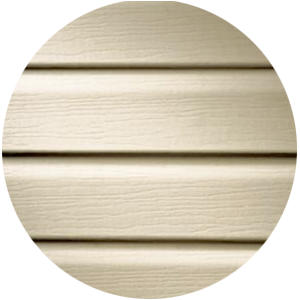
Vinyl
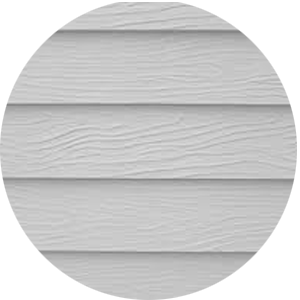
Aluminum
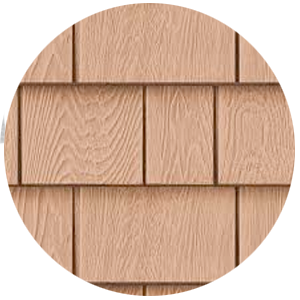
Fiber Cement
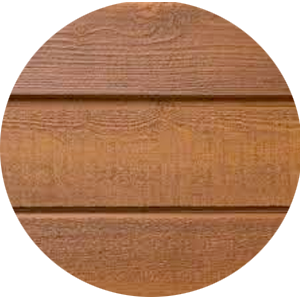
Wood
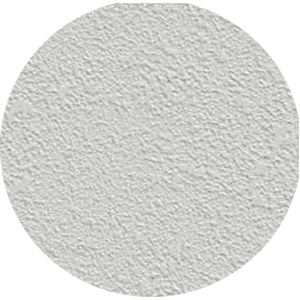
Stucco
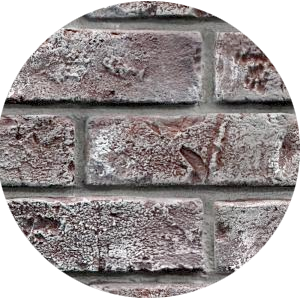
Brick
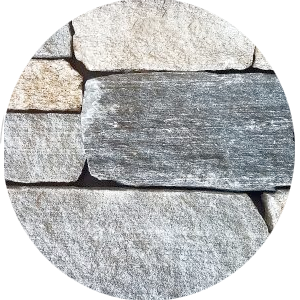
Stone veneer
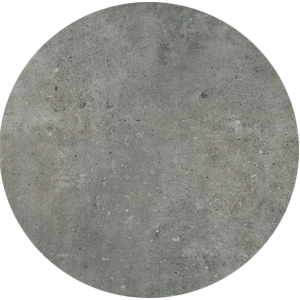
Concrete
Choosing Your Siding Material
Vinyl siding:
The best things about vinyl are that it’s easy to install, it’s relatively inexpensive, and it’s very low-maintenance. Vinyl siding never needs painting and can stand up to cold, wet climates and even coastal air. While vinyl may resemble traditional clapboard or lap wood siding from a distance, it’s clearly not as attractive as wood up close. The flexibility of siding also means it follows exterior wall contours and can even rattle in high winds.
Insulated vinyl siding, which is conventional vinyl with a form-fitted rigid-foam backing, is a much stiffer and installs flatter than standard (“hollow-back”) vinyl, but it comes with a significant cost increase.
Popular choices for vinyl siding material
CertainTeed: Billing itself as one of the top industrial companies in the world, CertainTeed favors quaint, fiber cement shingle looks that echo the architectural styles of its native Pennsylvania while standing strong through harsh weather.
Norandex: Tough enough to survive the most fearsome prairie squall of its home state of Texas, Norandex prides itself on its insulated and storm resistant offerings.
Alcoa (Mastic Siding): This brand has been operating as 1888, and in the meantime, it’s developed an especially environmental bent to its offerings, providing products that it claims contain as much as 80 percent recycled material.
Royal: Home decor darling Royal is a favorite for its wide selection of colors and styles–including rich, dark hues that work well for the homeowner tired of the neutrals and pastels typical of vinyl siding.
James Hardie: Already a household name for their Hardiebacker board, James Hardie siding channels their years of cement expertise to create tough, stalwart fiber cement siding for exterior cladding.
Alside: Alside’s coated variegated steel siding and its extensive hail damage warranty make it one of the brands of choice for residents in storm-prone southern states.
Aluminum siding
Aluminum siding saw its heyday several decades ago but is still around as a low-maintenance siding option. Aluminum is lightweight and essentially fireproof, rot-proof, and rust-proof. Because it never needs paint and comes in styles that simulate wood siding, aluminum is considered an alternative to vinyl. Aluminum is less flimsy than vinyl and doesn’t share its plastic look. On the downside, aluminum is prone to denting and is considerably more expensive than vinyl.
Fiber cement siding
Fiber-cement siding is perhaps the best wood alternative. When painted, it looks convincingly similar to traditional wood clapboard or shingle siding. Fiber-cement also comes in sheet form that mimics vertical board siding or plywood siding.
Fiber-cement typically is painted, like wood, but it is somewhat lower-maintenance because the material itself is less prone to weather and moisture damage than wood, and it doesn’t expand and contract like wood. It also doesn’t rot and is insect-resistant. Fiber-cement is durable once it’s installed, but it’s quite brittle and can chip or break easily during installation. It is priced similarly to mid-grade wood siding.
Wood siding:
Wood siding is prized for its looks and for being a natural material that looks like a natural material. (You can’t say the same about most other types of siding.) Wood siding comes in many forms, from traditional clapboards to board-and-batten to shingle to tongue-and-groove planks.
High-quality wood siding is also quite durable and long-lasting if it’s properly maintained. And therein lies one of wood’s greatest drawbacks: lots of maintenance. Wood siding must be painted or stained regularly, or it is vulnerable to rot, weathering, and damage from sunlight and insects. The other drawback of wood is its high cost.
Stucco siding:
Stucco is one of the oldest siding materials and is prized for its distinctive appearance and superb durability. Traditional cement-based stucco is applied to wood or masonry walls in three coats. The topmost coat contains the stucco’s finished color. Stucco can also be painted, but, as with painted brick, this creates an unnecessary regular maintenance issue.
A popular alternative to traditional stucco is EIFS, or “synthetic stucco,“ a polymer-cement material that is sprayed onto insulation board or other materials. Synthetic stucco isn’t quite as attractive or durable as traditional three-coat stucco, but it is less prone to repairs such as cracking and can be about one-third less expensive.
Brick siding:
Manufactured veneer stone is a concrete-like product that mimics natural stone. One type is made up of individual pieces that are installed with mortar; another type is a panel form that is fastened to the wall. Veneer stone is low-maintenance and highly durable, much like brick siding. It is considerably less expensive and easier to install than natural stone (which is rarely used as an applied siding) and cheaper than brick. On the downside, it doesn’t always look completely natural.
Stone veneer siding
Natural brick is a premium siding material and by far the most expensive of the standard options (excluding high-end wood siding). Brick is primarily used for its solid, natural look and its undeniable beauty. Brick is also very low-maintenance (especially if you never paint it) and is fireproof, rot-proof, and insect-proof.
Brick siding is a veneer product; that is, it does not provide structural support for the wall. Most brick siding is thinner than standard building brick and can be installed onto wood-frame and masonry walls. Brick siding can crack due to excessive movement or shifting in the wall or building foundation. However, in most cases, the only maintenance it needs is an occasional repair to mortar joints.
Concrete
Concrete comprises a mixture of cement, gravel, sand, and water. The ingredients are mixed in various proportions to produce a paste that hardens when dry. This characteristic helps to create a durable concrete home exterior.
Pros:
- A concrete home exterior is long lasting, up to hundreds of years.
- The maintenance cost is low.
- The concrete exterior is strong and can withstand calamities such as floods, hurricanes, and tornadoes. It is also fire resistant.
- Concrete has insulating properties, which reduce costs related to cooling and heating.
- Various shapes can be molded using concrete to create design solutions and attractive finishes.
Cons:
- The only one – the cost of installation is high.
Top brands and cost
Eldorado Stone, GenStone, LiteStone, AirStone, Urestone, M-Rock, Silvermine, Nextstone, Ply Gem / Durata, VeneerStone.
| Siding Type | Materials | Installation | Total Cost per sq.ft. |
|---|---|---|---|
| Vinyl | $2.75 – $4.50 | $2.50 – $8.00 | $5.25 – $12.50 |
| Aluminum & Steel | $3.00 – $6.50 | $3.50 – $10.00 | $6.50 – $16.50 |
| Fiber Cement & Composite | $3.50 – $6.50 | $4.00 – $8.50 | $7.50 – $14.50 |
| Wood | $2.50 – $8.50 | $3.50 – $8.50 | $4.15 – $17.00 |
| Stucco | $4.90 – $6.50 | $3.00 – $8.50 | $7.90 – $14.50 |
| Brick & Stone Veneer | $7.35 – $17.00 | $6.30 – $10.00 | $14.65 – $27.00 |
| Faux Stone |
We are experts at what we do. When you hire us to renovate your home’s exterior, you can expect the following:
- Professional workflow when all deadlines are met
- Attention to all details from start to finish
- You are involved throughout the renovation process
- Transparent prices
- Dedicated project manager
Schedule Your Free Consultation
Our project specialist will call you to get the details of your project. They’ll answer all your questions and help you select the products that are right for your project and your budget.

